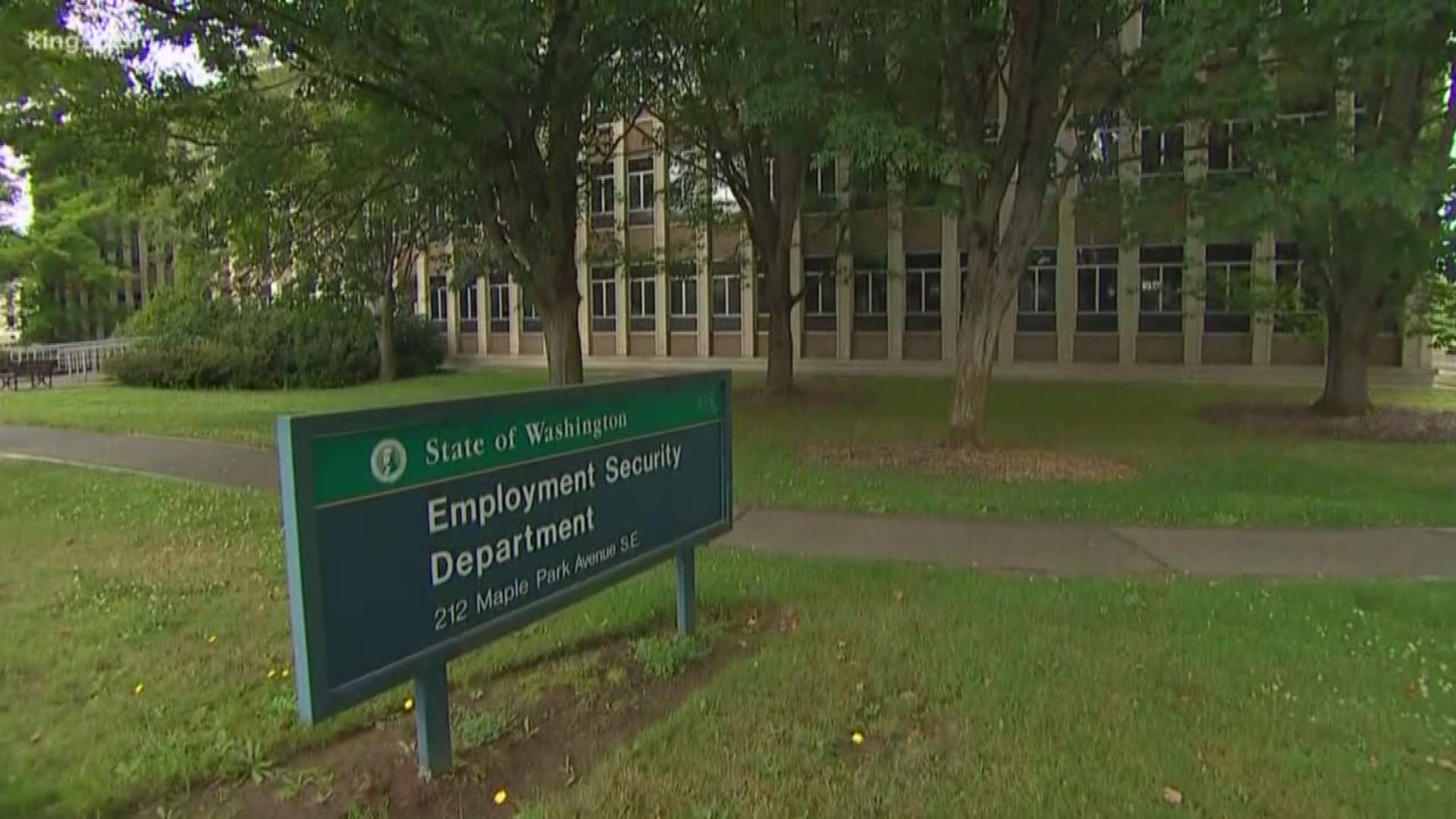Activists across the state marched, rallied and protested yesterday in demand of a $15 minimum wage for all workers. The demonstrations were part of an effort coordinated by Working Washington in the “Fight for $15” campaign.
Interestingly, one of the demonstrators featured in a Seattle Times story is a home health-care worker who is also a member of the Service Employees International Union (SEIU). Peggy Myers of Lakewood complains that she is still earning less than $15 after 20 years as a home health-care worker. Isn't this supposed to be why workers like Peggy Myers belong to a union—to ensure better pay and benefits?
Myers is not the only forcibly unionized home health-care worker who is not reaping the benefits of union membership. After eight years of forced SEIU unionization, all the 41,000 home health-care workers in Michigan had to show for the $35 million in dues money they paid was a small pay raise to $8 per hour—workers didn't gain health benefits, vacation time or sick leave. Little wonder than once Michigan became a right-to-work state, 80% of the home health-care workers paying dues to SEIU voted with their feet and left the union.
Myers may not know it yet, because SEIU is fighting tooth and nail to prevent its members from learning about their new rights, but a recent U.S. Supreme Court decision means she, and other home health-care workers, can no longer be forced to pay union dues. So if Myers doesn’t feel as though SEIU is doing a good job representing her and negotiating fair pay and benefits, she can now decide to quit paying the union (as her union brothers and sisters have done in Michigan). That would save Myers between $600 to $1,000 per year. Of course, SEIU does not believe it should have to prove its worth to union members, rather that members should be forced to pay for representation they may not want or value.
Rather than have to prove its value to its dues-paying members, SEIU would rather use its financial muscle to force all employers to pay a $15 wage. According to a report published this week by the Freedom Foundation, Working Washington has received $8.9 million from SEIU since its creation in 2011. The group received $2.6 million from SEIU last year just for the effort in Seattle. What’s more, all of Working Washington’s officers are SEIU employees.
Nationally, SEIU spent a staggering $23 million to fund the “Fight for $15” campaign last year, on top of the $17 million in 2013.
So why are unions spending so much money in the “Fight for $15,” instead of using that money to better represent their current members and negotiate higher pay and improved benefits?
One reason labor unions are pushing for a higher minimum wage is because many have negotiated collective bargaining agreements indexed to minimum wage hikes. For example, many union contracts set union wages as a percentage above the minimum wage, or they mandate a flat wage premium above the minimum wage. So a higher minimum wage means new contracts with even higher wages. Higher wages translate into higher union dues.
Another reason organized labor has made a $15 minimum wage such a priority is because they want to increase their membership rosters. More members translate into more dues dollars. As the organizing director of the “Fight for $15” campaign said:
Just to be clear, this is not a minimum wage campaign, these fast food workers are not trying to raise minimum wage. They want to sit down with the $200 billion fast food industry and get the money out of their pockets and negotiate a union contract with them."
Just look at the new $15 wage law in the City of SeaTac. As pointed out by the Washington Post, the battle for a $15 minimum wage in SeaTac, the first city to adopt a $15 minimum wage, had nothing to do with a higher minimum wage, rather it started as an effort to intimidate SeaTac employers into unionizing.
Initially, unions hoped simply to win contracts for the 6,000 service-sector workers at Seattle’s airport and the surrounding hotels. When employers resisted, the unions threatened to place a $15 wage proposal on the SeaTac ballot (the airport is located in SeaTac), but still the employers wouldn’t negotiate.”
This is why SeaTac, and now other jurisdictions, have an exemption for unionized employers that allow them to pay a lower wage. Unions created a model where employers are faced with the prospect of paying a higher wage, or allowing a union to organize their employees. Labor unions’ willingness to undercut their own members demonstrates the real motive behind the legislation—encouraging employers to become union shops in order to take advantage of the exemptions. Unionizing becomes a low cost option for employers to avoid paying the otherwise mandated benefits.
The irony is that union members are forced to pay union dues for the union to represent them (mandatory in our state to get and keep a job), but because they are union members they lose the right to the higher wage that their non-union counterpart commands.
Union members like Peggy Myers should be careful what they wish for. If SEIU is successful in pushing a $15 minimum wage law in Lakewood, Myers could very well find herself exempted out of the $15 wage she marched for.




